Episode #7 1921 Tulsa Riot: Destruction of Black Wall Street
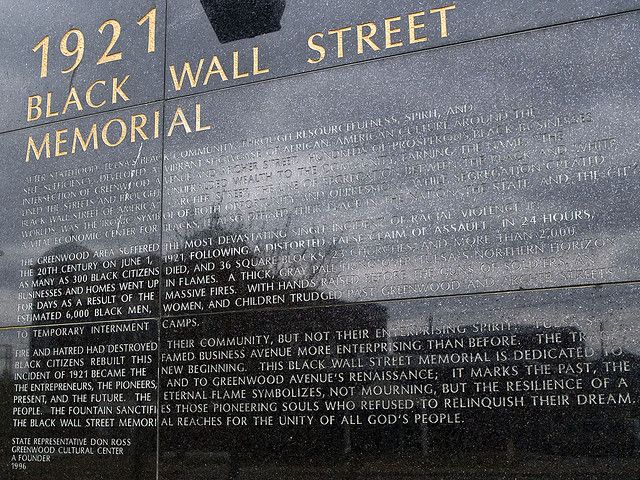
Mob Had Bigger Things in Mind
Throughout the night and into the early morning hours of June 1, 1921, citizens of the Greenwood district of Tulsa tried to sleep, but intermittent gunfire prevented any real rest. Most were confident that things would cool off and that the worst was over.
They had no idea that many of those who’d been in the mob at the courthouse were now being deputized and were breaking into downtown hardware stores to borrow guns and ammunition. (A previous attempt to break into the local armory had been thwarted.) The citizens of Greenwood also had no idea that a well-armed mob of several thousand were gathering and surrounding their neighborhood waiting for dawn. The mob was no longer interested in Dick Rowland. They had bigger things in mind. (More about the Dick Rowland incident HERE)
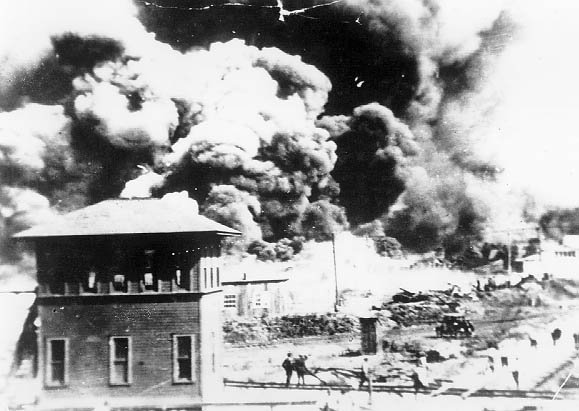
Some Fought; Others Fled
Setting fires near Archer Street began around 1:00 AM. Firefighters arrived on the scene only to be forced away at gunpoint by white rioters.
As can be imagined, rumors were flying throughout the night. While many of the black men prepared to defend their homes, entire families were streaming out of the city on foot toward the north, fleeing for their lives.
As dawn lit the summer skies, armed groups of white men proceeded into Greenwood and house-by-house ordered citizens to come out with their hands raised. Hundreds were taken captive and either led on foot, or loaded into trucks and taken to internment centers where they were held as prisoners for days. Husbands and wives were separated—often children were separated from parents. The day was hot and the people were thirsty.
Constant Gunfire
The gunfire was ongoing and constant. Many who attempted to flee were simply gunned down. Men, women, the elderly, the sick, the children—it did not matter. Nothing mattered but the color of their skin.
For a young woman named, Dimple Bush, the flight from Greenwood had bordered upon the indescribable. "It was just dawn; the machine guns were sweeping the valley with their murderous fire and my heart was filled with dread as we sped along," she recalled. "Old women and men, children were running and screaming everywhere."
Wholesale Looting
Once the houses and stores were emptied of people, then the looting began in earnest. Dr. R. T. Bridgewater, assistant county physician, recalled:
On reaching the house I saw my piano and all of my elegant furniture piled in the street. My safe had been broken open, all of the money stolen, also my silverware, cut glass, all of the family clothes, and everything of value had been removed, even my family Bible…. My car was stolen and most of my large rugs were taken. I lost seventeen houses that paid me an average of over $425.00 per month.
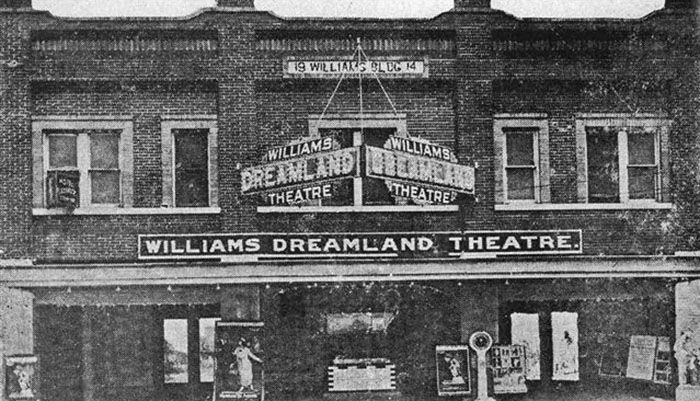
Death of Renowned Surgeon
Dr. Arthur C. Jackson, a nationally renowned surgeon and former president of the State Medical Association, was a prominent, well-respected black physician in Tulsa. Many of his patients were white families. Dr. Jackson was gunned down as he ran from his burning house and was left to bleed to death with no medical care.
Space does not permit describing all the atrocities that occurred on June 1, 1921. It goes beyond what a person can imagine. After taking most of the male population captive, after the looting, then came the torching. Some thirty-plus blocks of businesses and neighborhoods went up in smoke. Little or nothing was left. How many people from the Greenwood community died, no one will ever know.
Rather than disarming and arresting white rioters and turning them back, the Tulsa police and the National Guard assisted in rounding up the black citizens who had been taken captive.
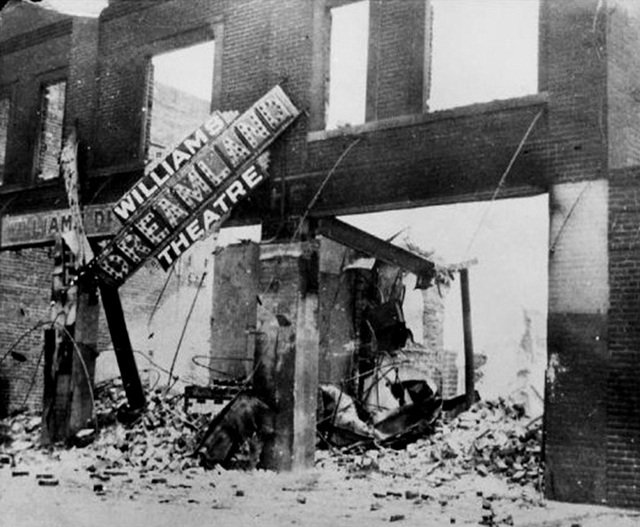
Prisoners of War
The citizens of Greenwood lost their homes, family members, possessions, businesses, churches, and most ironically of all—their freedom. They had become prisoners of war in their own community.
Over 6,000 people were held at the Convention Hall and the Fairgrounds, some for as long as eight days. From June 1 until July 7, no black individual was allowed to move freely about the area without a special green card. The only way to procure a green card was to have the signature of a white employer. This meant those who had owned their own businesses were out of luck.
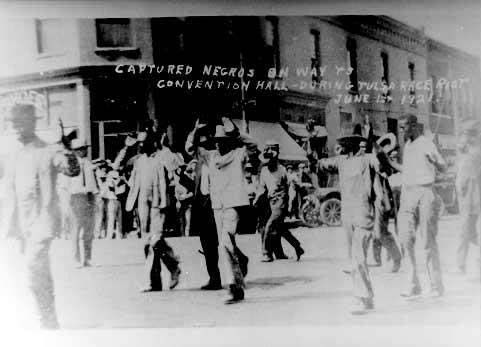
Aftermath
In my next post we’ll take a look at the aftermath of the carnage.
[Photo Credits: Tulsa Historical Society]
http://www.beanovelist.com/
https://www.facebook.com/BeANovelist/
http://www.cleanteenreads.net/
https://www.facebook.com/CleanTeenReadsNet/